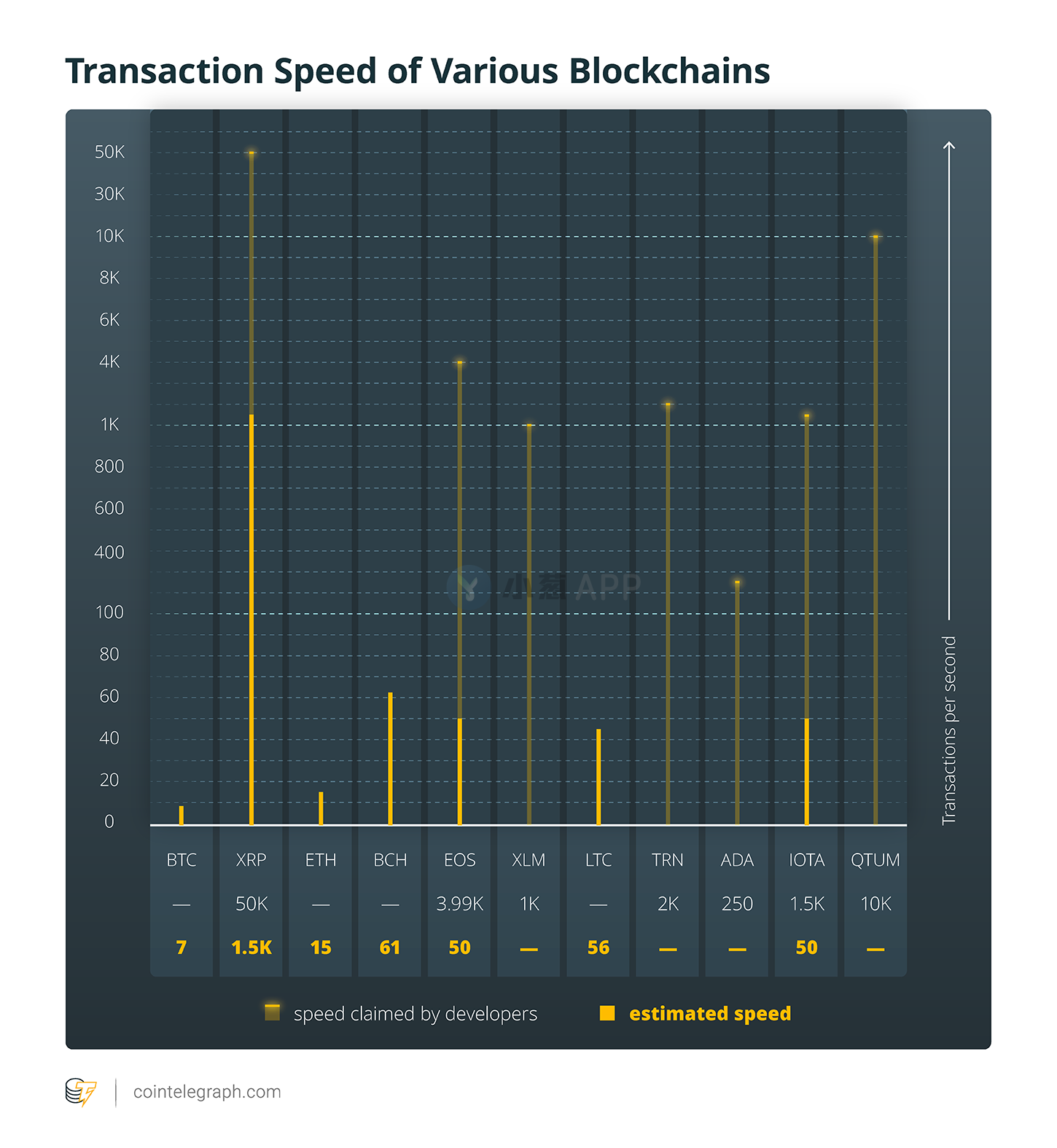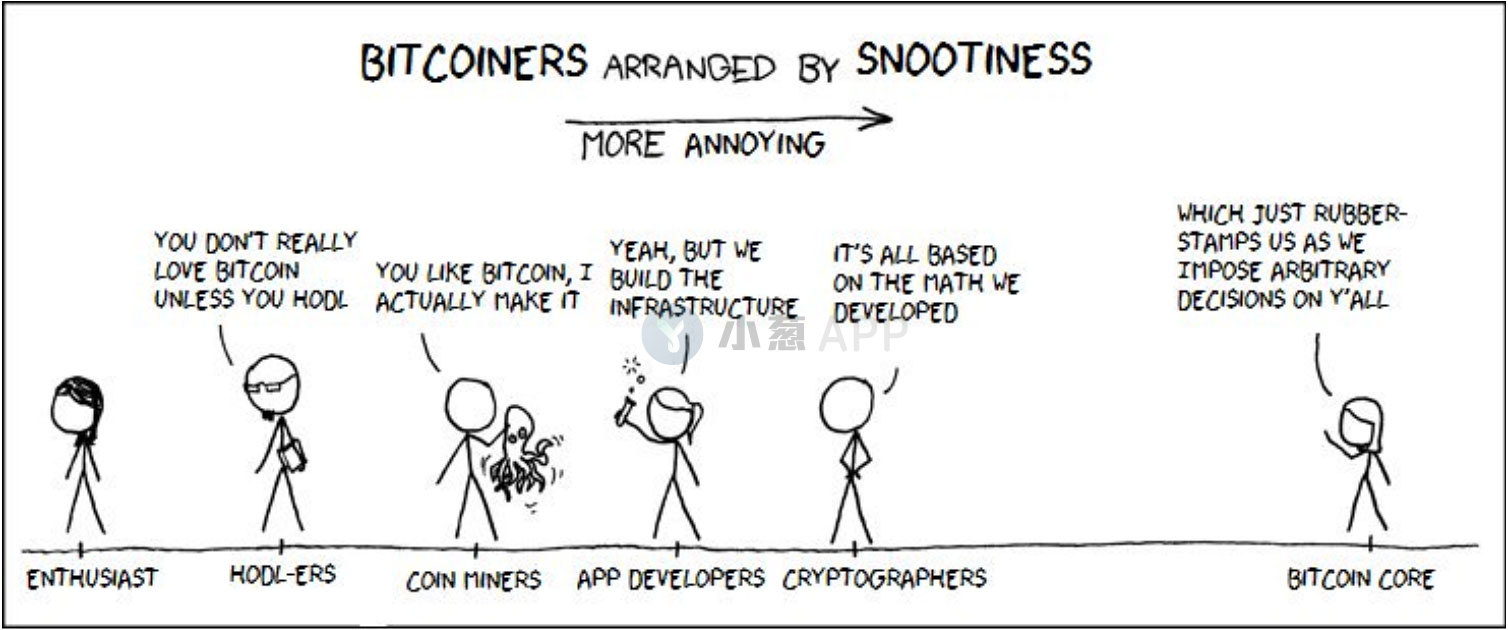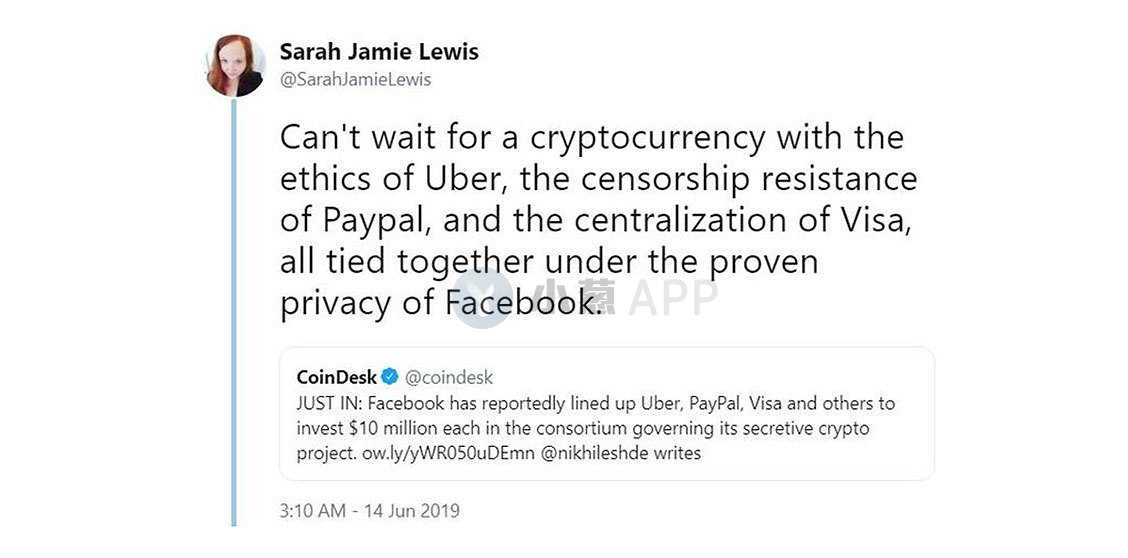Cruel reality: Bitcoin and Ethereum will never be a means of payment
Although Bitcoin and Ethereum account for more than three-quarters of the total market value of digital currency, but because of some unsolvable “natural disadvantages”, the “kings” of these two digital currency worlds will never be able to solve them effectively. Daily payment of this seemingly small problem.
Although Bitcoin and Ethereum are still controversial, the two currencies are the “head cards” of the digital currency market, and the two currencies account for three-quarters of the total market value of the entire digital currency market, and that the current bitcoin It has become one of the ways for geeks and drug dealers to make huge profits. Ethereum is also active in thousands of web developers with the characteristics of a decentralized network, and this number is increasing.
However, although Bitcoin and Ethereum have received much attention, they still have not become mainstream payment methods. At present, only a very small number of stores accept bitcoin, and Ethereum has never been regarded as an ideal means of payment. What is the reason behind these status quo?
First, the scalability of the blockchain network is still poor. Secondly, the throughput of Bitcoin and Ethereum is very low. The throughput of the two is about 7TPS and 15TPS respectively, which means that the data processing speed is very slow, and it is precisely because Bitcoin and Ethereum were born at the beginning. It is intended to solve specific problems without taking into account all aspects, so the problem of slow processing is difficult to solve effectively.
- Zcash Quarterly Report: Operating costs reduced by 25%, founder rewards re-adjusted
- Not waiting! VanEck and SolidX will release "Limited Edition" Bitcoin ETFs to institutional investors on Thursday
- Quotes Weekly | USDT Off-market prices go up and stabilize stable currency gains outperform the market?

For now, Bitcoin and Ethereum do dominate the entire blockchain network, but this does not help them become important payment or distribution methods, and it is difficult for you to buy a cup of coffee directly. Imagine if you were trying to buy coffee with bitcoin – the money was not in the seller's pocket, the coffee was already cold. If all the payment systems in the world suddenly run only for bitcoin exchanges, then the store's checkout will be endless queues, and the checkout network system will be severely blocked or even collapsed.
Of course, the father of Bitcoin, Nakamoto, may never have expected that his creation would be so much sought after, so he ignored the factor of scalability and considered the decentralization and security of the network. Sex.
However, the situation of Bitcoin is now quite different from the past. Since Bitcoin cannot be used as a normal means of payment, it is often referred to as "digital gold" and is similar to physical gold and requires a certain means to consume it. Simply put, if we want to pay in cryptocurrency, we have to do it in a specific way or network.

Source: xkcd.com
Nowadays, many people are trying to solve the legacy of scalability, from fast payment of low commissions or cross-border remittances to cash exchange of fiat money, people have been on the road of constant trials. Through various attempts, the three solutions finally came to the fore, and they were considered to be close to the so-called cryptocurrency-based payment methods: Libra, TON and Plasma.
Libra is a stable currency launched by Facebook and 26 other companies. Their goal is to create a stable currency called Libra Coin that can be used to pay for remittances and become the same payment method as the current currency. Of course, the birth of Libra Coin is also inseparable from the strong support behind the stock and debt markets, such as Uber is one of the founding members of the Libra Foundation. This means that you may soon be able to pay for your Uber journey with Libra.
It sounds great, isn't it?
Of course, there are still some problems. For example, this means that you need to hand over the control of funds to Uber, Facebook and other parties. Maybe you still need to try to deal with the US government. After all, they have been trying to stop Libra from being released and used.

Anyway, if they don't cross the border, it doesn't sound like a bad thing. This brings up another question. How far can their control hands extend? Of course, this question cannot be answered now. At least Libra Networks has a well-planned goal of becoming a new global payment currency and an API interface that developers can build.
Similarly, the Telegram Open Network (TON) created by Telegram founder Pavel Durov has a similar goal: to create a global network for private transactions between people and to allow services and merchandise to be paid in local currency GRAM.
The TON network is actually a more complex system that supports smart contracts, instant payments, agents and storage. All of this applies to the dPoS protocol driven by 100 representative nodes, which are chosen by the users on the network. In the future, this number is likely to increase to 1000, but let us focus more on the present than in the future.
The original intention of the TON network was that it should not be controlled by the government. It should be "the blockchain of the people." Just like China's WeChat payment, TON Network wants people to use Telegram messenger to pay any fees. This is the opposite of Libra's corporate blockchain.
TON will support thousands of transactions per second, making payment quick and easy. But the problem is that I don't know what TON has to overcome to promote myself – it is likely to promote Libra to expand it, but it will be opposed and blocked by the government. In addition, it has a difficult problem to overcome – it has a very difficult language to encode, called Fift.
So far, Fift is much harder than the existing blockchain network language, and many developers have avoided it, which means it is difficult to get as much development as Ethereum, which is new to the network. It is undoubtedly a challenge and a problem.
The last one, and probably the most "perfect" solution to date, is PlasmaPay. PlasmaPay is an encrypted payment system that provides blockchain-based financial and payment services for individuals, commercial companies, financial institutions and banks. In just six months, it has reached cooperation with more than 150 companies.
PlasmaPay currently offers Visa and MasterCard transaction processing services and has been interconnected with hundreds of banks in China, Vietnam, Indonesia and Thailand.
With such a large demand, let's take a look at the basic system facilities that support PlasmaPay. It is built on its own PlasmaDLT blockchain, supporting more than 100,000 transactions per second, and more than 42 stable currencies linked to various world currencies. In addition to this, there is the Plasma Master Token, which is a stable currency based on all assets in the PlasmaDLT blockchain.
The network is supported by the LpPoS protocol and has 21 block producers, but anyone with a higher deposit can replace it at any time. This allows them to be dispersed, but colleagues ensure the network's high scalability and prevent attacks. This just solves the previously mentioned network scalability problem.
Most importantly, it makes up for some of TON's existing flaws. It provides developers with a Plasma API that allows them to write smart contracts in JavaScript, which is what TON hasn't provided. In general, it is a comprehensive blockchain, and its only unresolved issue is its own marketing and promotion, which means it still has a long way to go. It needs to constantly optimize itself, find partners, and use it extensively. It doesn't have the brand recognition that Facebook and Telegram have, but if given them enough time and ingenuity, Plasma can quickly have far-reaching influence and recognition.
So what kind of blockchain technology or product can be the ideal payment option?
Mainly should have the following characteristics:
1, the transaction speed is fast
2. Funds are not controlled by others
3. The possibility of supporting legal currency withdrawals
4, convenient for third-party developers to use
But so far, we have not seen a "perfect product" that combines all the advantages, generally only one or two of them. For example, PlasmaPay and Libra provide developers with a simple API and coding language, but TON does not. This means that PlasmaPay and Libra allow more developers to write smart contract programs on top of them. This is why Ethereum has become popular and widely used.
In addition, PlasmaPay and TON can't control your money, but Libra can. Some people choose to accept this feature, but some people cannot tolerate it. It is a pros and cons, and it depends entirely on the position of the company and the government. But a feature is essential: the possibility of supporting statutory withdrawals. PlasmaPay currently supports a variety of fiat currencies, and it is unclear how Libra and TON will handle withdrawals.
Of course, the transaction speed is still the focus of the market, and it is also one of the features necessary to promote the development of blockchain technology in the payment field. Now, there are already many blockchain project parties that have come up with more mature solutions to meet the needs of high-speed trading, and these new technologies are performing quite well.
If the system can quickly process existing payment orders and new transaction processes, the technology will be truly competitive. With the continuous improvement and development of technology, more and more solutions have already reached the processing speed for daily transaction payment, supplemented by the decentralization and security advantages of blockchain technology. We can It is foreseeable that the future of the cryptocurrency payment market will be very broad.
Original title <Bitcoin and Ethereum Were Never Meant to be a Medium of Exchange>, Author: Kirill, onion APP finishing translation
We will continue to update Blocking; if you have any questions or suggestions, please contact us!
Was this article helpful?
93 out of 132 found this helpful
Related articles
- Twitter Featured: How does the industry big V look at the current bitcoin investment?
- Oasis of Water Drops, Weibo Web 3.0
- The privacy controversy behind "ZAO": The blockchain world will do better?
- Dfinity, this summer is over, but I still haven't received your short sleeves.
- QKL123 market analysis | Bitcoin attacked 10,000 US dollars, local adjustment tends to end (0903)
- Viewpoint | Hash map of the $6 billion valuation and Ethereum just positive? I am afraid it is not an opponent.
- Bitcoin will go back to $10,000, and NYSE Bakkt futures will be officially launched.





